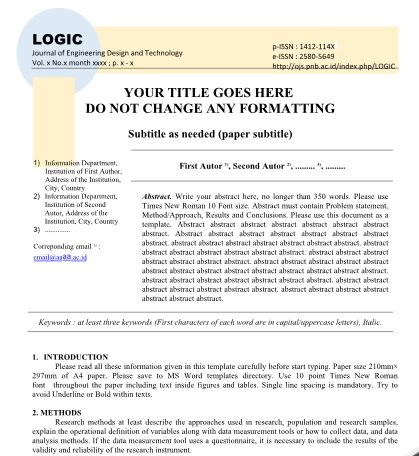The Effect of Injection Pressure and Injection Temperature in The Compression Moulding Process on Flashing Defects of Shoulder Products
Keywords:
Flashing Defect, Shoulder Extrusion Tube, Compression Moulding, Injection Pressure, Injection TemperatureAbstract
Plastic objects are everywhere: toys, household utensils, playthings, and cosmetic containers. One of the processes used was the plastic production process in the compression molding process to make a cover (shoulder) on the tube. Flashing defects are one of the biggest defects that can cause a product to fail in the assembly of shoulder extrusion tube products in PT. XYZ. This research was to determine the effect of injection pressure and injection temperature parameters on flashing defects in shoulder extrusion tube products. This research uses quantitative research and experimental research methods to collect data. Varying parameter settings carry out this method with an injection pressure of 4 bar, 5 bar, and 6 bar as well as injection temperatures of 250°C, 260°C, and 270°C. The results of the study show that both parameters have significant effects on the flashing defects in shoulder extrusion tube products. The combination of injection pressure of 4 bar and injection temperature of 250°C resulting in flashing defects of 0 mm or no defects.








